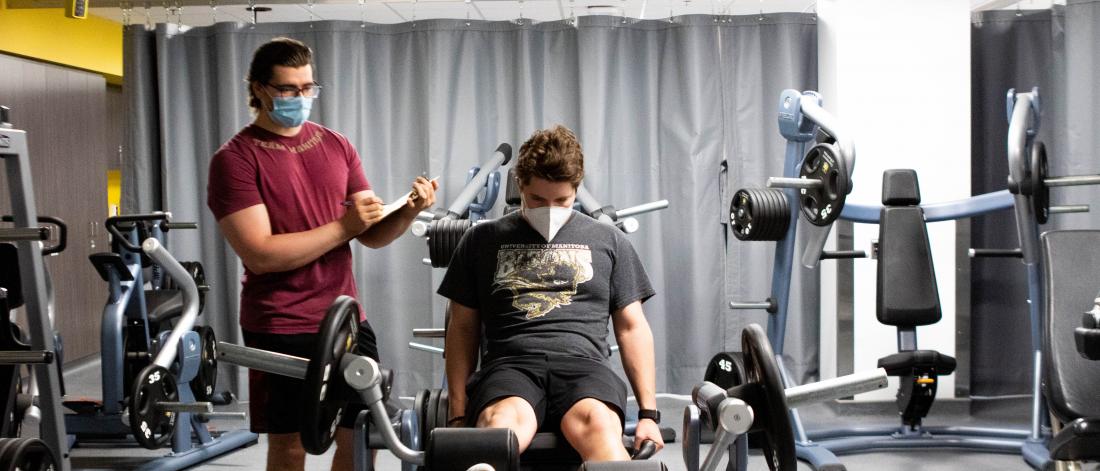*Scheller C, Peeler JD, Duhamel TA, Cornish SM. The Relationship between Components of the Dynamic Strength Index and the Slope of the Force-Velocity Profile in the Loaded Countermovement Jump in Resistance-Trained Males and Females. International Journal of Strength and Conditioning. 2023; https://doi.org/10.47206/ijsc.v3i1.199.
*Cordingley DM, Cornish SM. Efficacy of Aerobic Exercise Following Concussion: A Narrative Review. Applied Physiology, Nutrition, and Metabolism. 2022; published online before print. https://doi.org/10.1139/apnm-2022-0139.
*Cordingley DM, Cornish SM. The Effects of Creatine Supplementation on Markers of Muscle Damage and Inflammation Following Exercise in Older Adults: A Brief Narrative Review. Recent Progress in Nutrition. 2022; 2(4), 1-8. https://www.lidsen.com/journals/rpn/rpn-02-04-021.
*Cordingley DM, Cornish SM. Myokine Response to Resistance Exercise in Older Adults and the Similarities and Differences to Younger Adults: A Brief Narrative Review. OBM Geriatrics. 2022; 6(4), 1-10. https://www.lidsen.com/journals/geriatrics/geriatrics-06-04-206.
*Cordingley DM, Cornish SM. Omega-3 Fatty Acids for the Management of Osteoarthritis: A Narrative Review. Nutrients. 2022; 14(16), 3362. https://doi.org/10.3390/nu14163362.
*Cordingley DM, Cornish SM. Potential Role of Blood Flow Restricted Exercise for Older Adults. OBM Integrative and Complementary Medicine. 2022; 7(3). doi:10.21926/obm.icm.2203025
Cornish SM, *Cordingley DM, Shaw KA, Forbes SC, Leonhardt T, Bristol A, Candow DG, Chilibeck PD. Effects of Omega-3 Supplementation Alone and Combined with Resistance Exercise on Skeletal Muscle in Older Adults: A Systematic Review and Meta-Analysis. Nutrients. 2022; 14(11), 2221. https://mdpi-res.com/d_attachment/nutrients/nutrients-14-02221/article_deploy/nutrients-14-02221-v3.pdf?version=1653901399.
*Cordingley DM, Anderson JE, Cornish SM. Myokine response to blood-flow restricted resistance exercise in younger and older males in an untrained and resistance-trained state: A pilot study. Journal of Science in Sport and Exercise. 2022. https://link.springer.com/article/10.1007/s42978-022-00164-2.
*Turczyn D, McMillan D, Gardiner PF, Cornish SM. Does Sleep Quality between Back-to-Back Matches Influence Running Performance in Canadian Female University Soccer Players? A GPS-based Time-Series Analysis. International Journal of Kinesiology and Sports Science. 2022; 10(1), 9-17. http://dx.doi.org/10.7575/aiac.ijkss.v.10n.1p.9
Forbes SC, *Cordingley DM, Cornish SM, Gualano B, Roschel H, Ostojic SM, Rawson ES, Roy BD, Prokopidis K, Giannos P, and Candow DG. Effects of Creatine Supplementation on Brain Function and Health. Nutrients. 2022; 14(5), 921. https://mdpi-res.com/d_attachment/nutrients/nutrients-14-00921/article_deploy/nutrients-14-00921.pdf
*Cordingley DM, Cornish SM, Candow DG. Anti-Inflammatory and Anti-Catabolic Effects of Creatine Supplementation: A Brief Review. Nutrients. 2022; 14, 544. https://doi.org/10.3390/nu14030544.

